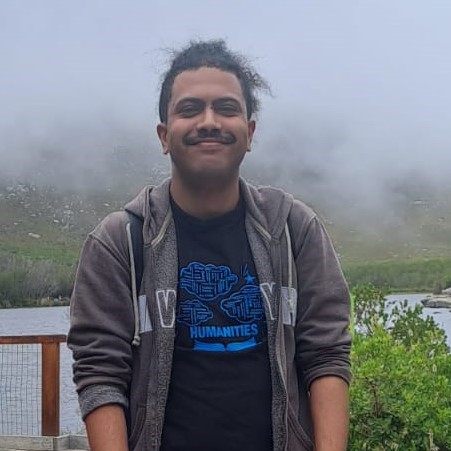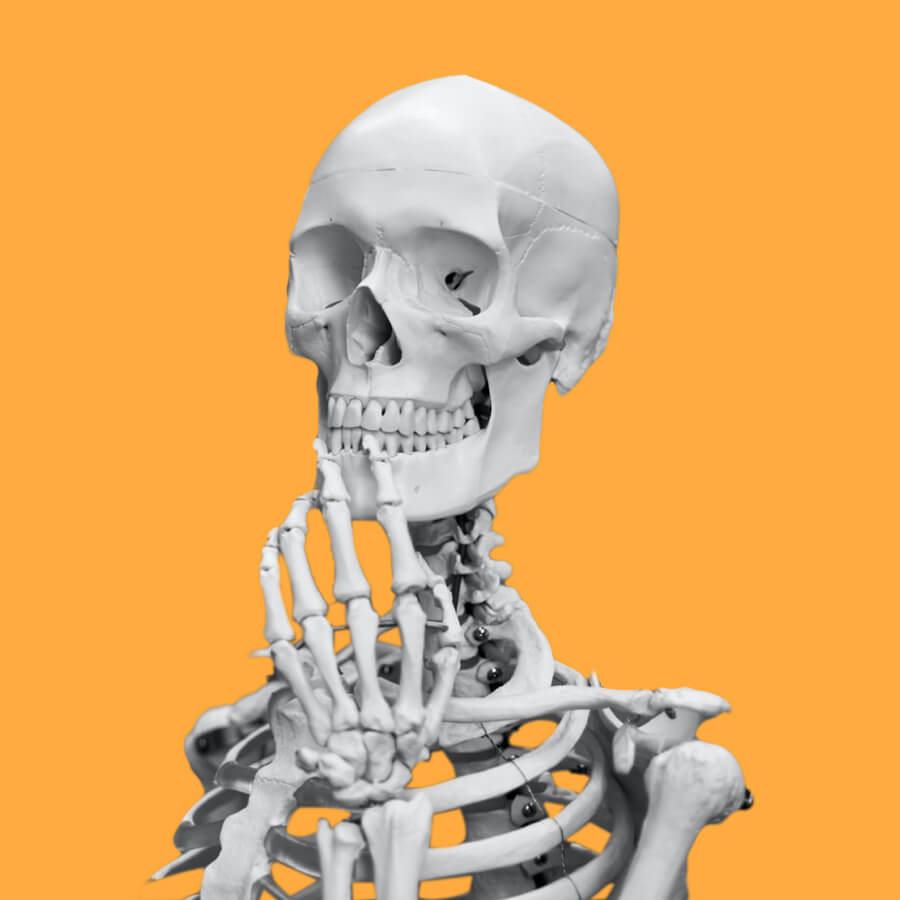Keane Roy Wanza
MSc Student
Department of Archaeology, University of Cape Town

Biography
My interest in the field of archaeology stems from my first experience reading about it in my local library when I was nine years old. Since then, I have been fascinated with the past and how we as a people came to exist in modern society. What appeals to most about the discipline of archaeology (and by extension, palaeosciences) is that it appeals to my rigorous scientific curiosity (stemming from a strong scientific background) by contextualising it within the notions of humanness and what it truly means to be human, a question which I believe cannot be answered through science alone, due to the inherent mysticisms of concepts such as culture, heritage, society and indeed in humanity itself. My personal interests include various outdoor activities such as hiking and swimming, sports such as cricket, tennis and volleyball, and spending quality time with close friends and family it’s various forms.
Disciplines
Palaeoproteomics phylogenetics
Fields of study
Comparative palaeoproteomic analysis of ca. 2Ma faunal material from Omo, Ethiopia This project serves as a continuation of previous research conducted in my Honours thesis, which took the form of a standard palaeoproteomic study of ancient bovid dental material from the Omo Shungura Formation in Ethiopia. Previous ancient palaeoproteomic work performed by N. Hlazo and P. Madupe showed that proteins can be recovered from Pleistocene bovid and Paranthropus robustus. samples, respectively, from closed-air cave contexts such as Cooper’s Cave and Swartkrans in the Cradle of Humankind, South Africa (Madupe et. al., In review). My Honours research was performed in order to assess the feasibility of obtaining similarly ancient proteins from a ca. 2-million-year-old open-air eastern African site. The proposed master’s project will analyse the data obtained from this study in greater detail, performing a bioinformatic analysis of the data in order to determine phylogenetic relationships between the Ethiopian and South African Pleistocene bovids, in the context of variation in extant fauna. This project will provide insight into the evolution and radiation of bovid species in eastern and southern Africa during the Pleistocene and into modern contexts. It will also test and ensure the scientific rigour of the methodologies, and especially those that reduce destructive sampling, so that they may be applied with certainty to hominins from comparable contexts. This will include determining that the palaeoproteomic workflow in its entirety is suitable for this sensitive and precious material. Additionally, a permit application will be submitted for sampling P. boisei material from Omo during the earliest stages of this project, with the aforementioned bovid component being completed during the processing of this permit, with the caveat that the P. boisei material will only be sampled after the thorough and successful results of the bovid component. Through this approach, the P. boisei material can be palaeoproteomically analysed using the optimal sampling techniques and other methodologies, thus minimising the risk being undertaken in analysing this material. Ultimately, this project forms part of a greater research agenda examining intra- and inter-specific variation in Paranthropus relative to other contemporaneous hominins their descendants.
